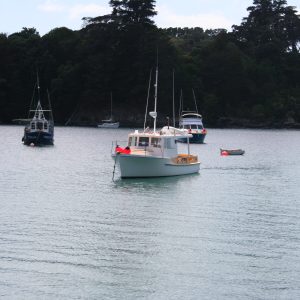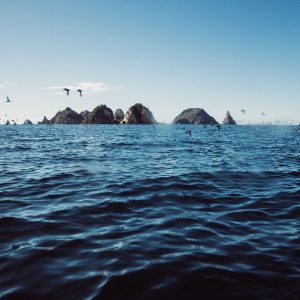As part of the recent tarakihi review corporate commercial interests supported the shelving of tarakihi catch in lieu of the Minister reducing the Total Allowable Commercial Catch. We submitted against the shelving proposal. It is pleasing to report that Stuart Nash has rejected the proposal and applied cuts to commercial catches in the stock spanning Otago to east Northland, including the Cook Strait.

Shelving is a process where commercial fishers agree to not harvest some of their Annual Catch Entitlement (ACE) for a period of time. Shelving is a fishing industry construct that has been successfully used in the past to avoid cuts to the Total Allowable Commercial Catch (TACC).
When the Ministry circulated its tarakihi consultation documents it included a paper proposing shelving 20% of tarakihi ACE as part of an alternative package of management measures. The paper was from Southern Inshore Fisheries, Te Ohu Kaimoana, and Fisheries Inshore New Zealand, corporate commercial fishing interests.
In our recent submission we advised the Minister that these corporations did not seem to be taking the need for a rebuild in the tarakihi stock seriously. The latest stock assessment using the fishing industry’s own data shows that tarakihi on the east coast of New Zealand has been overfished for a long time.
After all the promises and millions of dollars of advertising, it appears the commercial fishing industry’s enthusiasm for science-based fisheries management has waned. It seems that science-based management is okay when there are TACC increases available, but when it comes to TACC reductions their support vaporises.
The science underpinning fisheries management will always be uncertain and incomplete. That is the nature of fisheries management worldwide. This uncertainty is the very reason why the Fisheries Act gives the Minister the authority to make decisions even if the data is incomplete.
While we are disappointed that the Minister has only reduced commercial catches of tarakihi by 20% and not the 65% we were advocating for, we will get another chance to review updated tarakihi data in 2019. Maybe then we will see more support for larger catch reductions and a ban on trawling in inshore waters, so our fisheries can rebuild to abundant levels.





